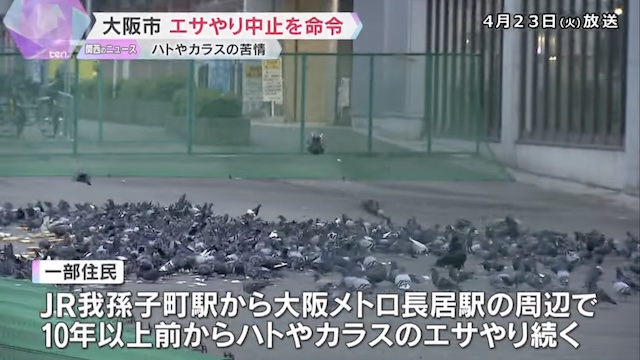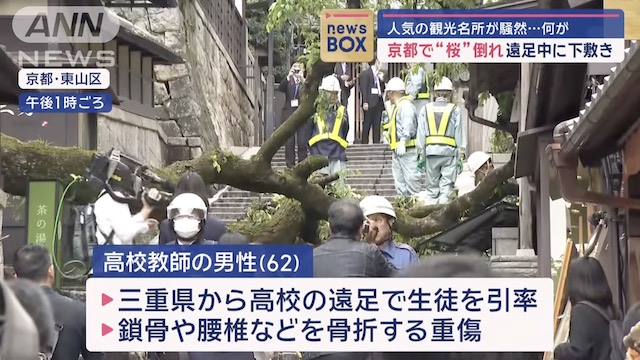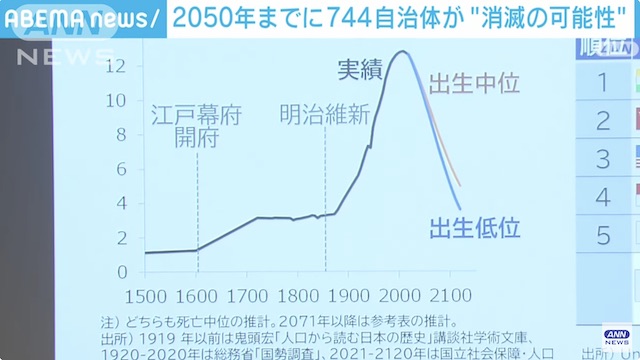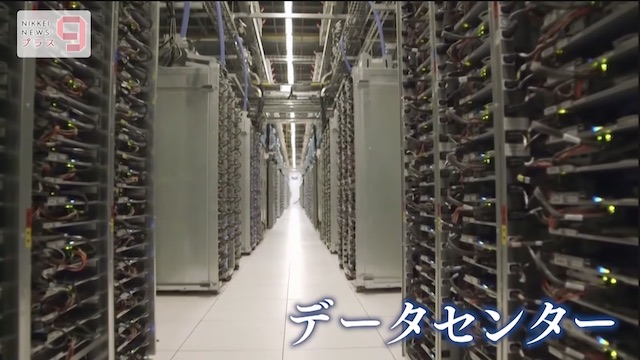Oct 16 (Nikkei) - Planted forests are aging noticeably across Japan, with more than half now 50 years or older, making the country more vulnerable to typhoons and other natural disasters and also undermining its decarbonization efforts.
In 2019, Chiba Prefecture was hit by widespread blackouts as a result of Typhoon Faxai, which toppled trees in neglected forests, bringing down electrical wires and utility poles. If thinning is neglected, trees in a forest cannot get enough sunlight to grow sturdy and there is not enough undergrowth whose roots hold the soil together.
Many planted forests were created after World War II to rehabilitate national land. They have often become ill-kept in recent years, leaving some in poor condition.
Battered by inexpensive timber imports, the forest industry in Japan is suffering from weakened competitiveness and unable to properly thin and replant trees. "There are too many forests to attend to even if we carry out thinning every year," said an official in charge at the Sammu municipal government in Chiba Prefecture.
Under these circumstances, new reforestation is impossible. In fiscal 2017, forests where replanting after logging had not been implemented as planned totaled some 11,400 hectares, an increase of 30% from three years earlier, according to Japan's Forestry Agency. Forests age 50 and older totaled more than 5 million hectares.
The adverse effects of aged forests are not limited to disaster prevention. The agency estimates that the absorption of carbon dioxide by forests in Japan reached a recent peak of 52 million tons in fiscal 2014 and dropped about 20% to 43 million tons in fiscal 2019. The absorption of carbon dioxide is considered to hit a ceiling when the growth of trees stabilizes after they become older than 40 years.
In April, the government announced a reduction target of 46% in Japan's greenhouse gas emissions by fiscal 2030 from 2013 levels. The target includes a cut of around 38 million tons per year -- 5% of the pledged amount -- through the absorption of carbon dioxide by forests. But if the aging of forests continues at the current pace, they will be unable to sufficiently absorb carbon dioxide, hampering Japan's decarbonization drive.
Forests are not internationally recognized as carbon sinks unless they are properly thinned to meet standards such as catching enough sunlight to grow well. The standards are a result of the Kyoto Protocol, an international agreement on climate change concluded under Japan's leadership. Some experts point out that about 20% of planted forests in Japan, totaling 10 million hectares, are no longer counted as carbon sinks.








